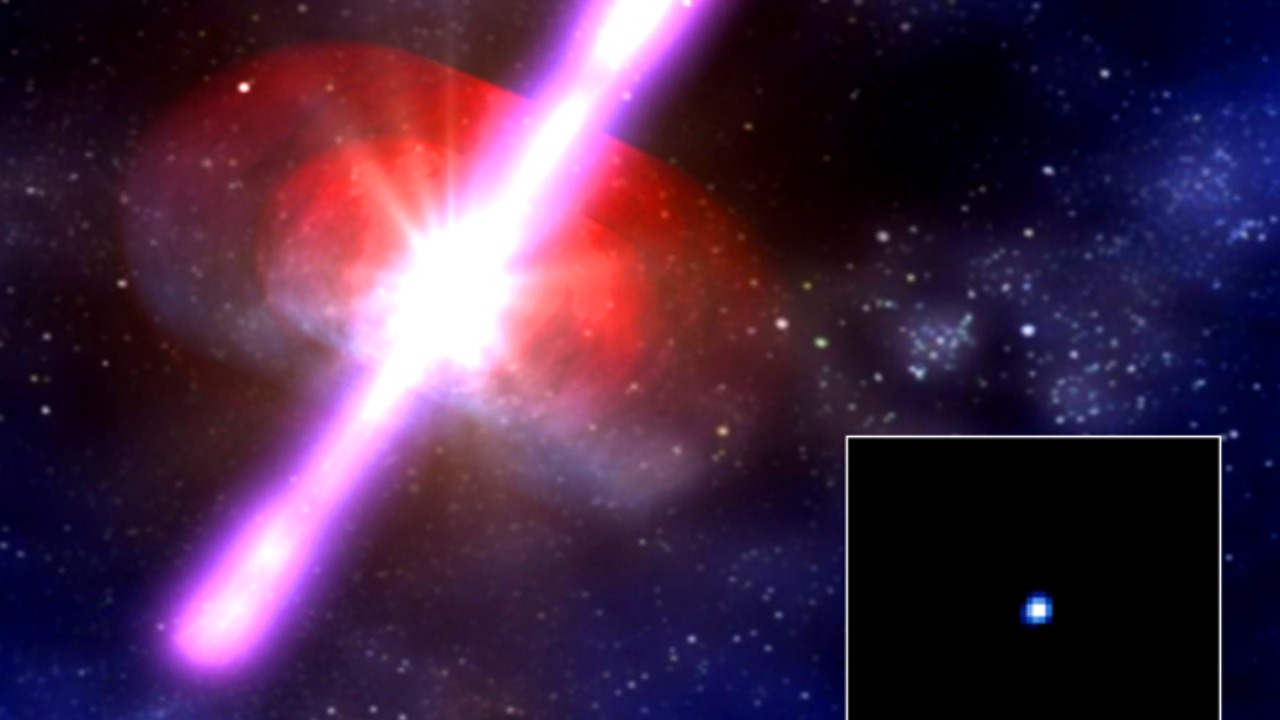
Recently, astronomers have picked up a fascinating rhythm from the vast expanse of the cosmos. This rhythmic pattern of fast radio bursts resonates like a cosmic “heartbeat,” creating a new mystery in the universe to be explored. We will delve into the discovery of these pulses, their peculiar characteristics, possible origins, implications for astrophysics, and the future of research and exploration in the field.
Discovery of the “Heartbeat” Pulses
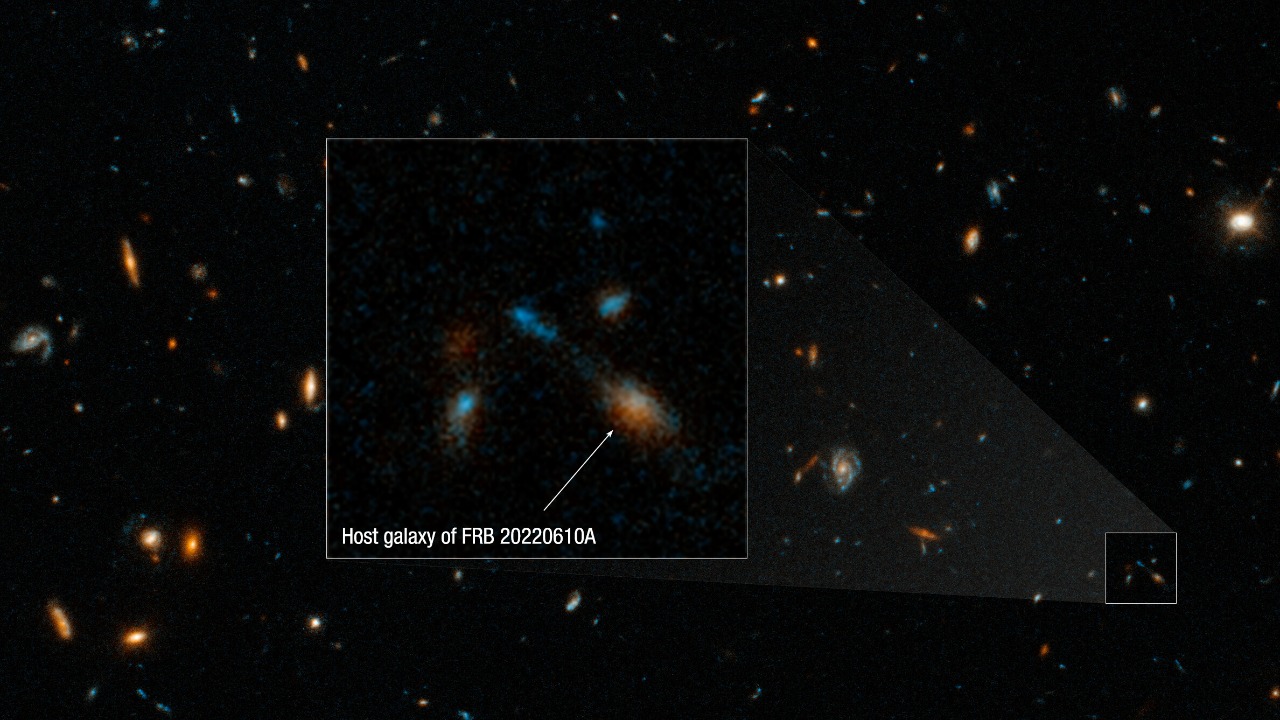
The detection of these intriguing “heartbeat” pulses was the result of the tireless work of astronomers and the sophistication of modern astronomical equipment. Using advanced telescopes with high sensitivity to radio signals, they were able to pick up these faint and distant signals. The pulses were first identified amidst the noise of cosmic radiation, standing out due to their distinct rhythmic pattern.
The role of technology cannot be overstated in this discovery. The precision and sensitivity of modern telescopes, coupled with advanced data analysis techniques, have opened up new vistas for astronomical exploration. These tools have made it possible to detect, record, and analyze these mysterious signals, which would have been virtually impossible using earlier generations of astronomical instruments.
Characteristics of the “Heartbeat” Pulses
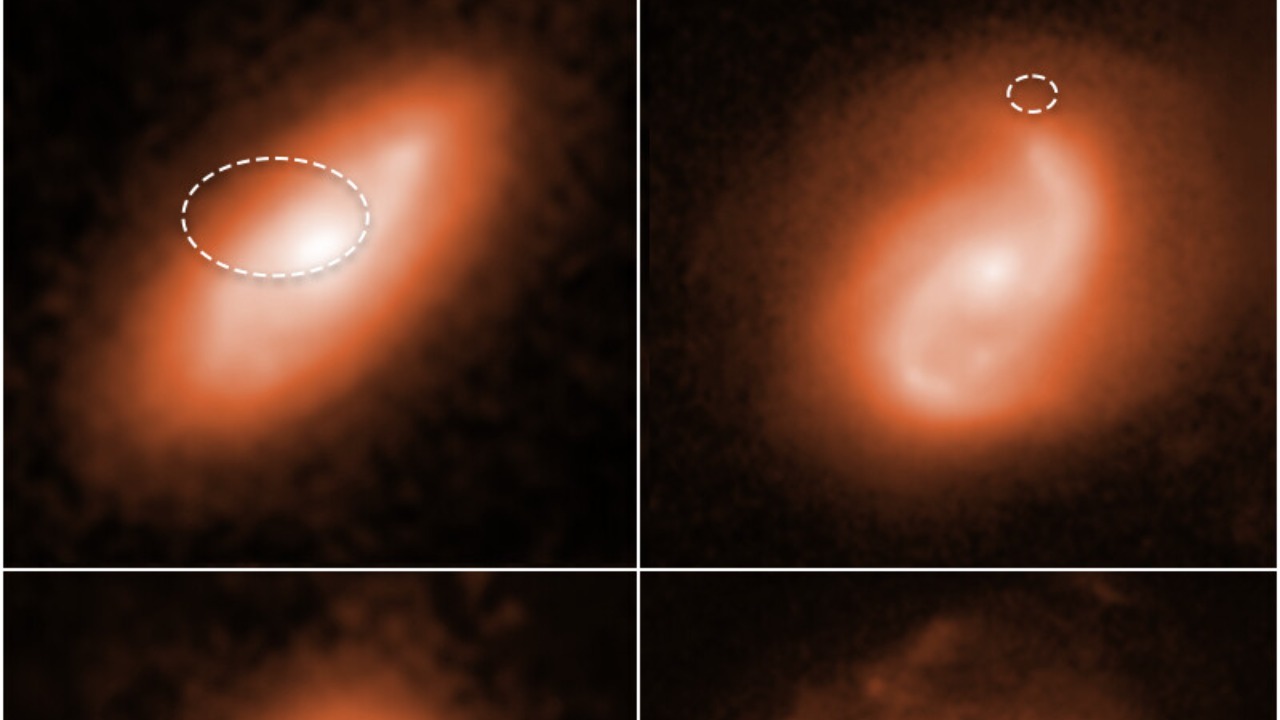
What sets these “heartbeat” pulses apart from other fast radio bursts is their unique rhythmic pattern. Unlike other radio bursts which are generally sporadic and unpredictable, these pulses show a remarkable regularity. They repeat every 44 minutes, giving them the metaphorical title of a cosmic “heartbeat.” This unusual pattern has intrigued astronomers and sparked a flurry of research activity to understand their nature and origin.
Moreover, the pulses’ rhythmic nature suggests a level of order and predictability rarely seen in cosmic phenomena. The pulses repeat their cycle with such precision that it hints at an underlying mechanism or structure causing this effect. The nature and cause of this mechanism, however, remain a mystery that scientists are eager to solve.
Potential Sources of the Pulses
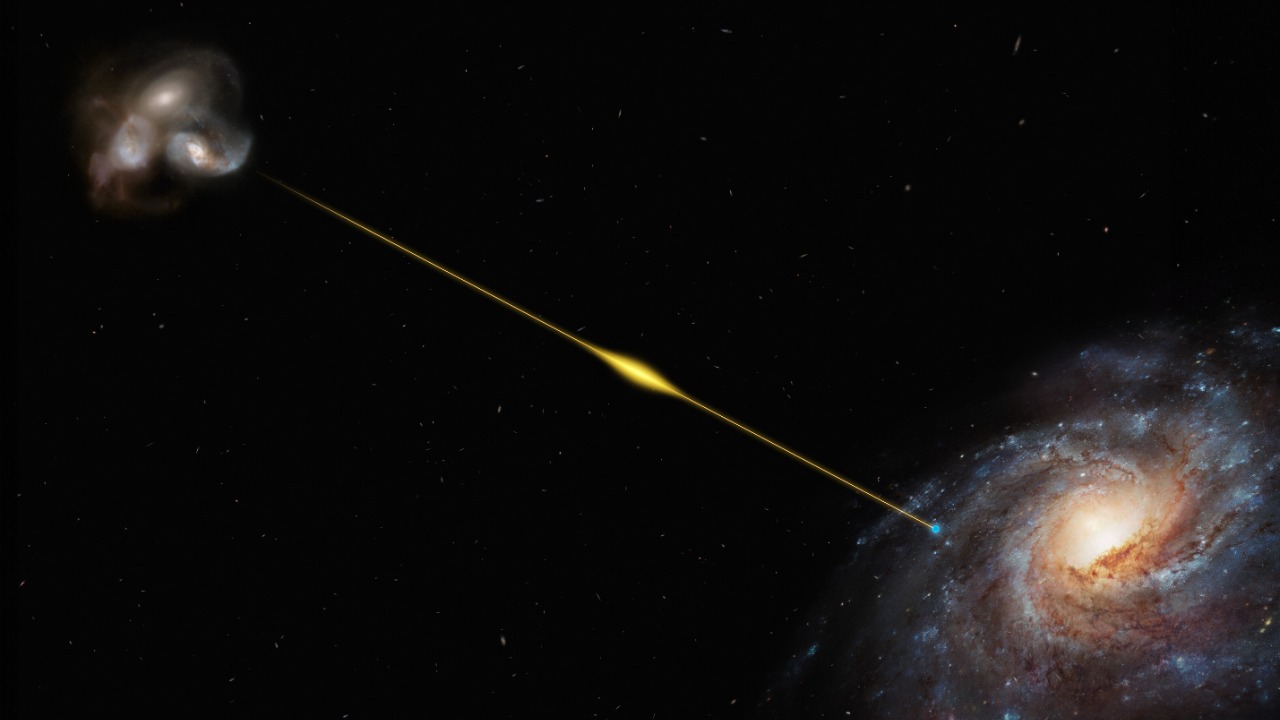
Given the uniqueness of these pulses, various theories have been proposed regarding their possible origins. Some astronomers suggest they might be emanating from neutron stars, known for their intense magnetic fields and rapid rotation. Others hypothesize a more exotic source, such as black holes, given the extraordinary order and precision of these pulses.
The exact distance and location of the source also remain uncertain. Based on the strength and frequency of the pulses, it is believed that they originate from a distant part of the cosmos, possibly outside our own Milky Way galaxy. However, more data and research are needed to pinpoint the precise location and source of these pulses.
Implications for Astrophysics
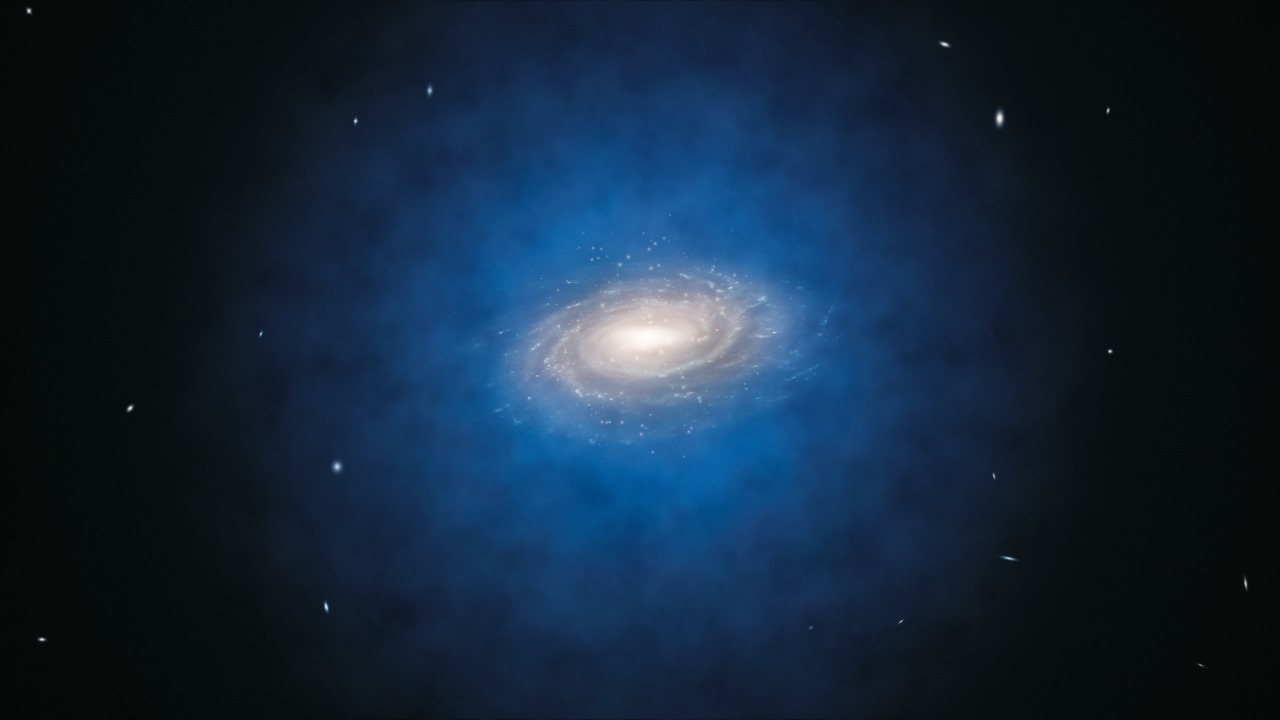
The discovery of these “heartbeat” pulses has profound implications for our understanding of the universe. It challenges our current knowledge of astrophysics, introducing a new layer of complexity and mystery. If the source of the pulses is confirmed to be a known cosmic object like a neutron star or a black hole, it could reveal new insights into these celestial bodies’ behavior and properties.
Moreover, these pulses could potentially impact our theories about dark matter and other cosmic phenomena. Dark matter, an elusive and invisible substance, comprises about 85% of the universe’s matter. Understanding these pulses could shed light on the nature of dark matter and its role in the universe, as some theories suggest a possible connection between fast radio bursts and dark matter.
Future Research and Exploration

The exploration of these “heartbeat” pulses is still in its infancy, with much more to be discovered. Ongoing research and investigations aim to understand these mysterious signals better and uncover their origins. Future space missions and the development of more advanced telescopes will play a crucial role in this endeavor.
Additionally, the study of these pulses opens up new possibilities for astronomical research. By studying these pulses, we might be able to gain insights into the fundamental laws of physics and the nature of the universe. As we stand on the cusp of these new discoveries, the future of astronomy and astrophysics looks more exciting than ever, promising to unlock new mysteries of the cosmos and deepen our understanding of the universe, as described in this book.